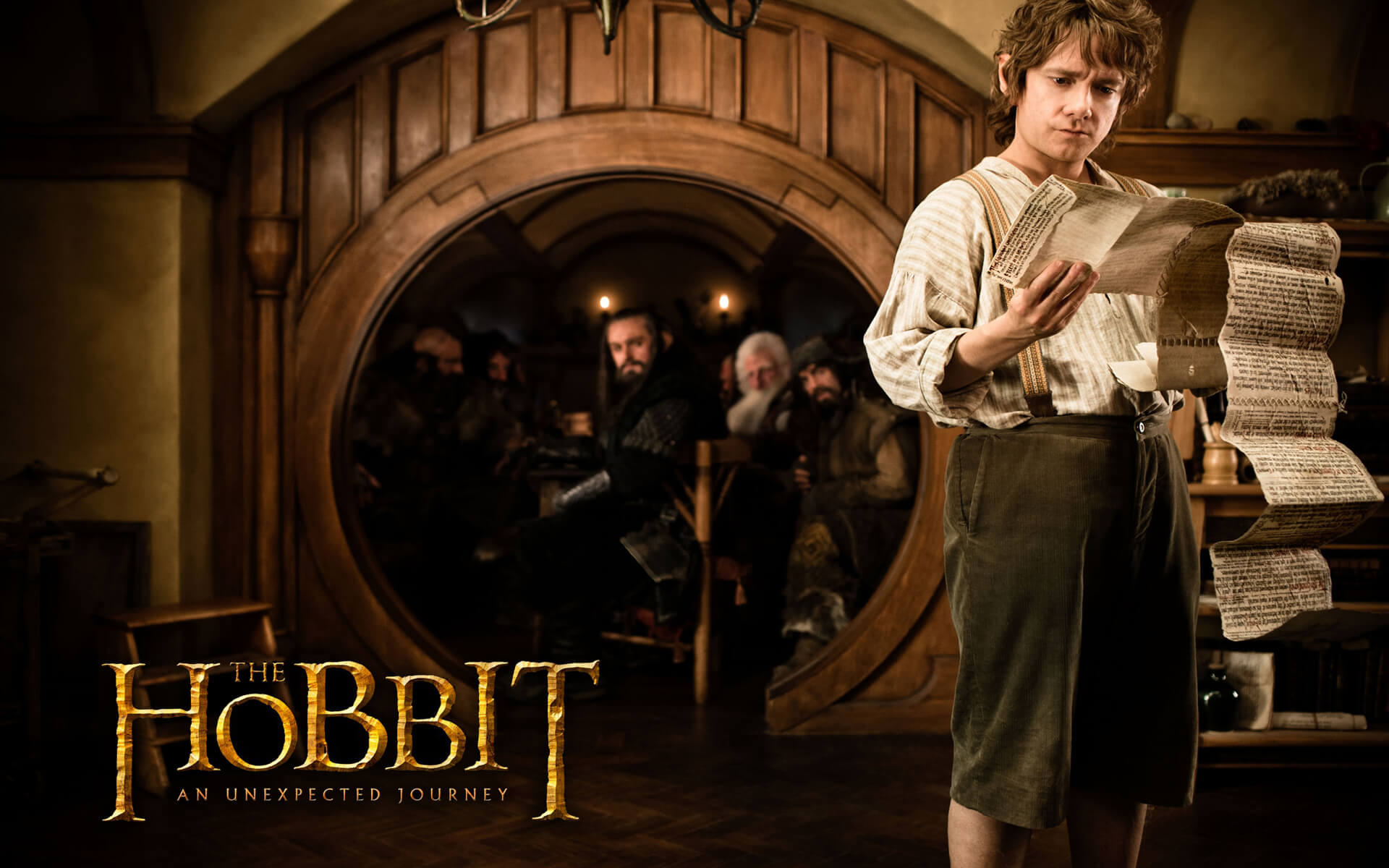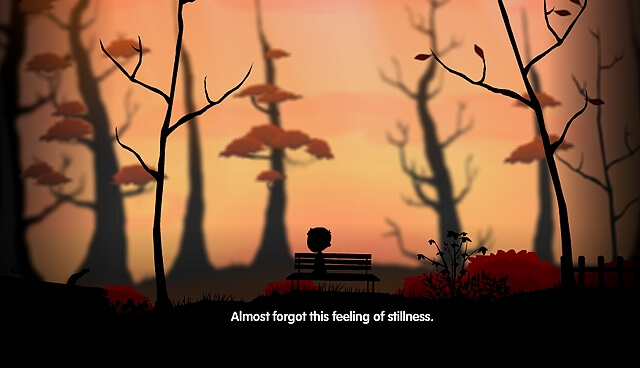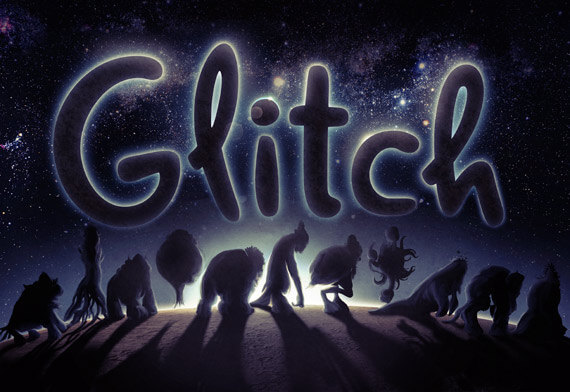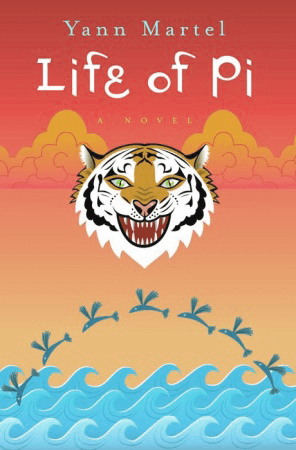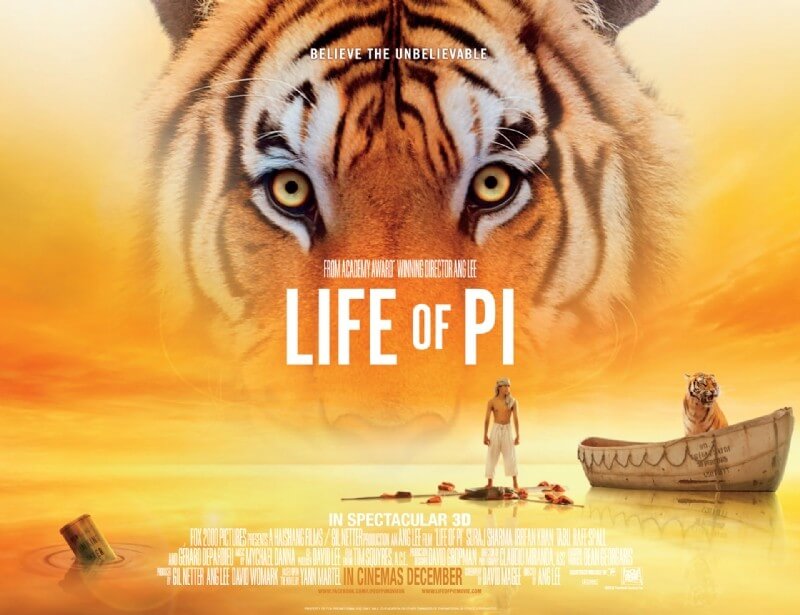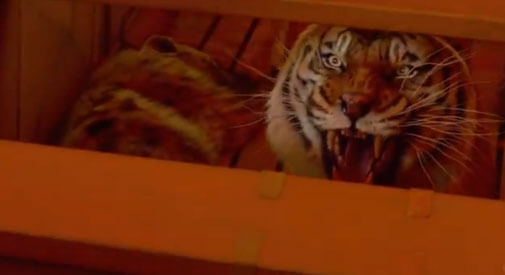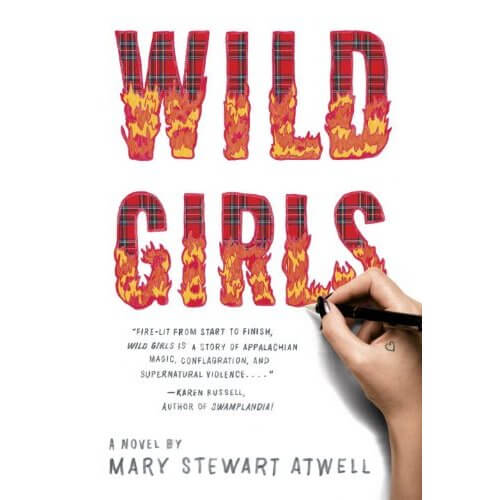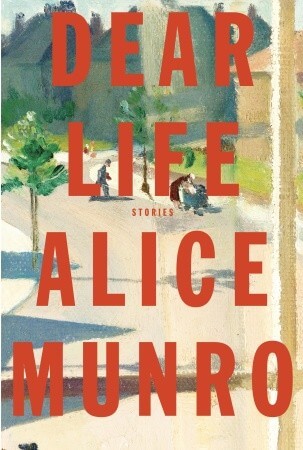Starring Ian McKellen, Martin Freeman, Richard Armitage, and Andy Serkis; featuring Ian Holm, Elijah Wood, Cate Blanchett, Hugo Weaving, and Christopher Lee.
Every year or two, I take a day to watch the entirety of the Lord of the Rings trilogy (extended editions, of course), back-to-back-to-back, immersing myself completely in its vast, beautiful, bleak, bright world. From its epic battles to its fleshed-out characters, its deep wells of emotion and its timeless themes, I think they’re wonderful adaptations that deftly cut and rework the source material to make strong films.
I was excited when The Hobbit was first announced, but apprehensive at the news that the film would be split into first two and then three films. The Hobbit, after all, is about half the length of each of the volumes of the Rings cycle. It doesn’t have a whole lot of source material to draw from for three films.
Certainly, An Unexpected Journey starts out promisingly, with Ian Holm reprising his role as the elder Bilbo on the day of his eleventy-first birthday party. Continue reading “Multimedia Monday: The Hobbit: An Unexpected Journey movie review”

